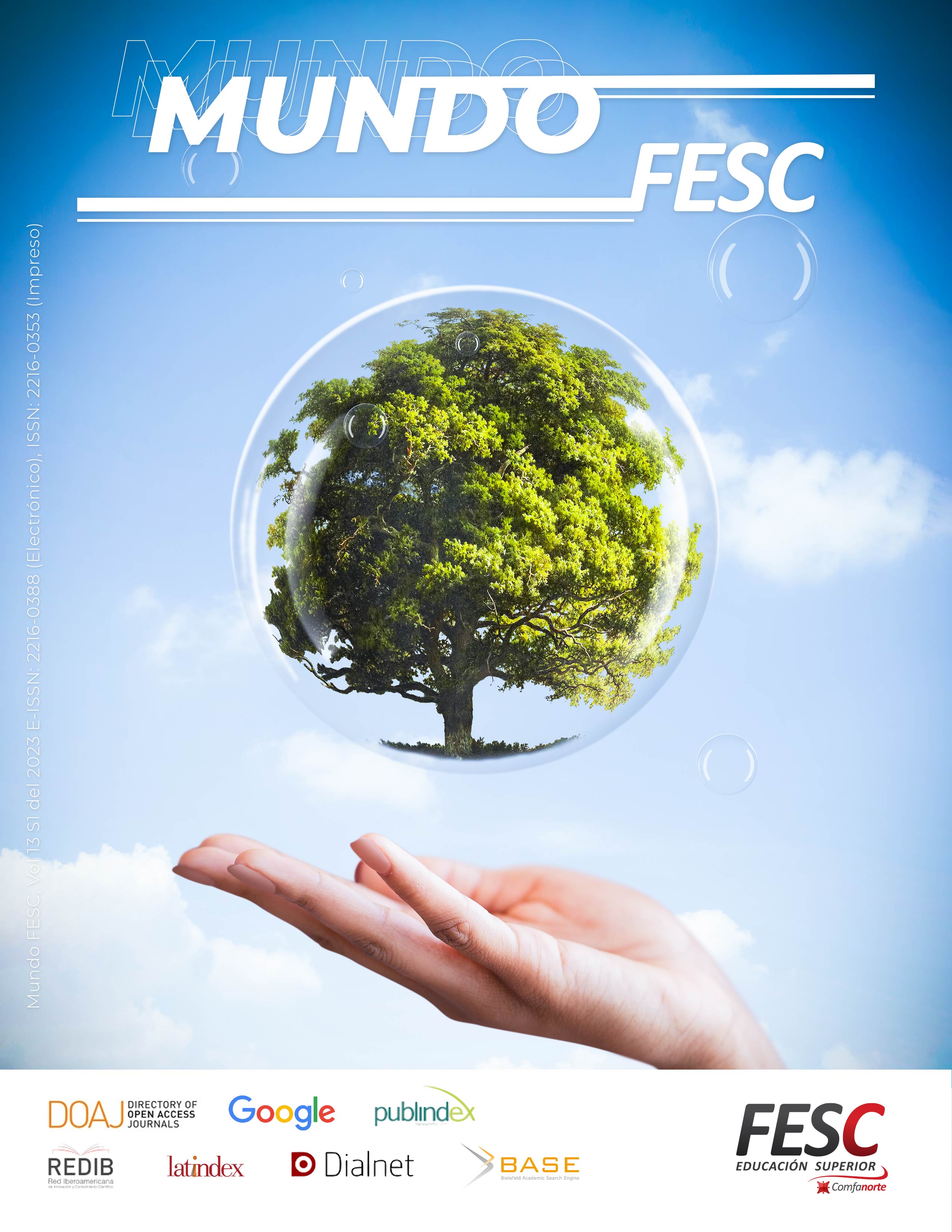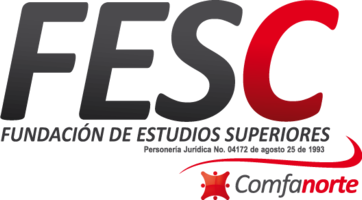Development of a computer system for communication between deaf and hearing people implementing artificial intelligence (Colombian sign language interpreter)
DOI:
https://doi.org/10.61799/2216-0388.1744Keywords:
Neural Networks, Sign Language, Software Engineering, Sign Language InterpreterAbstract
Sign language is the main communication mechanism used by deaf people to convey their ideas and interact in society; therefore, it is only possible to communicate with those who dominate it. Deaf people cannot have free social and cultural development in their environment. Therefore, this work focuses on proposing a methodology to create a virtual tool that allows deaf people to communicate directly with hearing people who do not know sign language, incorporating development methodologies (software engineering), software architectures, signal processing algorithms (audio, image, video) and artificial intelligence to obtain a software prototype that supports communication processes between deaf and hearing people.
Downloads
References
[1] Gobierno de Colombia “Recursos recomendados para población sorda”. http://www.colombiaaprende.edu.co/agenda/actualidad/diamundialdelaaudicion (accedido 13 de febrero de 2025).
[2] M. Á. S. Durango, “Estrategias para la inclusión de estudiantes sordos en la educación superior latinoamericana”, Ratio Juris UNAULA, vol. 13, n.º 26, Art. n.º 26, sep. 2018, doi: 10.24142/raju.v13n26a9. DOI: https://doi.org/10.24142/raju.v13n26a9
[3] V. J. Schmalz, “Real-time Italian Sign Language Recognition with Deep Learning”, en CEUR Workshop Proceedings, CEUR Workshop Proceedings, ene. 2022. Febrero de 2023. [En línea]. Disponible en: https://lirias.kuleuven.be/3677145
[4] G. DİŞKEN, L. SARIBULUT, Z. TÜFEKCİ, y U. ÇEVİK, “Real-Time Speaker Independent Isolated Word Recognition on Banana Pi”, en 2018 10th International Conference on Electronics, Computers and Artificial Intelligence (ECAI), jun. 2018, pp. 1-4. doi: 10.1109/ECAI.2018.8679024. DOI: https://doi.org/10.1109/ECAI.2018.8679024
[5] E. G. Maida y J. Pacienzia, “Metodologías de desarrollo de software”, 2015, Accedido: 13 de febrero de 2025. [En línea]. Disponible en: https://repositorio.uca.edu.ar/handle/123456789/522
[6] Y. Zhang, Y. Han, Z. Zhu, X. Jiang, Y. Zhang, “Artificial intelligence in sign language recognition: A comprehensive bibliometric and visual análisis”, Computers and Electrical Engineering, Volume 120, Part C, 2024, 109854, ISSN 0045-7906. DOI: https://doi.org/10.1016/j.compeleceng.2024.109854
[7] M. E. Navarro, M. P. Moreno, J. Aranda, L. Parra, J. R. Rueda, y J. C. Pantano, “Integración de arquitectura de software en el ciclo de vida de las metodologías ágiles”, presentado en XIX Workshop de Investigadores en Ciencias de la Computación (WICC 2017, ITBA, Buenos Aires), sep. 2017. Accedido: 13 de febrero de 2023. [En línea]. Disponible en: http://sedici.unlp.edu.ar/handle/10915/62077
[8] S. Renjith, M.S. Sumi, M. Rashmi, “An effective skeleton-based approach for multilingual sign language recognition”, Engineering Applications of Artificial Intelligence,Volume 143, 2025, 109995,ISSN 0952-1976 DOI: https://doi.org/10.1016/j.engappai.2024.109995
[9] R. A. Paldês, E. D. Canedo, F. de A. Guimarães, y A. T. S. Calazans, “Functional Requirements Elicitation in IoT Systems: a follow-up study”, en Proceedings of the XIX Brazilian Symposium on Software Quality, en SBQS ’20. New York, NY, USA: Association for Computing Machinery, mar. 2021, pp. 1-10. doi: 10.1145/3439961.3439975. DOI: https://doi.org/10.1145/3439961.3439975
[10] A. Solis y J. Hurtado, “Reutilización de software en la robótica industrial: un mapeo sistemático”, Revista Iberoamericana de Automática e Informática industrial, vol. 17, n.º 4, Art. n.º 4, sep. 2020, doi: 10.4995/riai.2020.13335. DOI: https://doi.org/10.4995/riai.2020.13335
[11] M. E. Navarro, M. P. Moreno, J. Aranda, L. Parra, J. R. Rueda, y J. C. Pantano, “Selección de metodologías ágiles e integración de arquitecturas de software en el desarrollo de sistemas de información”,en XIX Workshop de Investigadores en Ciencias de la Computación (WICC 2017, ITBA, Buenos Aires), sep. 2017. Accedido: 13 de febrero de 2023. [En línea]. Disponible en: http://sedici.unlp.edu.ar/handle/10915/62179
[12] A. Vázquez-Ingelmo, A. García-Holgado, y F. J. García-Peñalvo, “C4 model in a Software Engineering subject to ease the comprehension of UML and the software”, en 2020 IEEE Global Engineering Education Conference (EDUCON), abr. 2020, pp. 919-924. doi: 10.1109/EDUCON45650.2020.9125335. DOI: https://doi.org/10.1109/EDUCON45650.2020.9125335
[13] V. Ranga y A. Soni, “API Features Individualizing of Web Services: REST and SOAP”, International Journal of Innovative Technology and Exploring Engineering, vol. 8, ago. 2019, doi: 10.35940/ijitee.I1107.0789S19. DOI: https://doi.org/10.35940/ijitee.I1107.0789S19
[14] C. Ávila Garzón, “Modelo Vista Controlador, MVC (Model, View, Controller)”, dic. 2019, Accedido: 13 de febrero de 2023. [En línea]. Disponible en: https://repositorio.konradlorenz.edu.co/handle/001/1528
[15] L. A. Tovar, “La definición en la lengua de señas colombiana (LSC)”, Lenguaje, vol. 45, n.º 2, pp. 383-417, dic. 2017, doi: 10.25100/lenguaje.v45i2.5277. DOI: https://doi.org/10.25100/lenguaje.v45i2.5277
[16] Y. Yu, X. Si, C. Hu, y J. Zhang, «A Review of Recurrent Neural Networks: LSTM Cells and Network Architectures», Neural Computation, vol. 31, n.º 7, pp. 1235-1270, jul. 2019, doi: 10.1162/neco_a_01199. DOI: https://doi.org/10.1162/neco_a_01199
[17] Ministerio de Educación de Colombia, “INSOR | Instituto Nacional para Sordos – Trabajando por la Población Sorda Colombiana”. (accedido 9 de junio de 2023). [En línea]. Disponible en: https://www.insor.gov.co/home/
[18] J. Li, “Recent Advances in End-to-End Automatic Speech Recognition”, SIP, vol. 11, n.º 1, 2022, doi: 10.1561/116.00000050. DOI: https://doi.org/10.1561/116.00000050
[19] Simplilearn,“What Is A Dictionary In Python?”, Simplilearn.com, 1 de agosto de 2022. (accedido 9 de junio de 2023).[En linea]. Disponible en: https://www.simplilearn.com/dictionary-in-python-article
[20] Ayisha Tabassum y Dr. Rajendra R. Patil, “A Survey on Text Pre-Processing & Feature Extraction Techniques in Natural Language Processing”, International Research Journal of Engineering and Technology (IRJET), vol. 07, n.º 6, pp. 4864- 4867, jun. 2020, e-ISSN: 2395-0056
[21] K. Iannace, “Proof of Concept: 5 Steps for Successful Software Development”, Designli Blog, (accedido 10 de marzo de 2025). [En Linea]. Disponible en: https://designli.co/blog/5-steps-proof-concept-successful-software-development/
Published
Issue
Section
License
Copyright (c) 2025 Mundo FESC Journal

This work is licensed under a Creative Commons Attribution-NonCommercial 4.0 International License.






